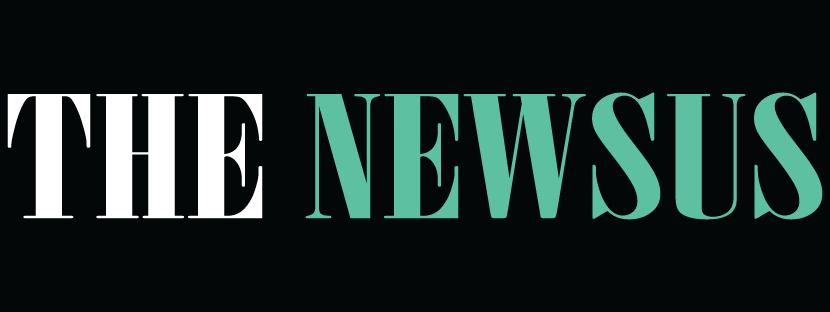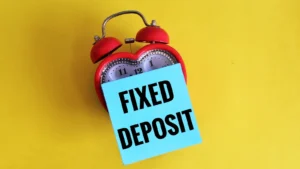Interest Rate Hikes Impact Stock Prices and Market Downturn Trends: Why Share Market Down?
In the complex world of finance, the interplay between interest rates and stock markets is both profound and intricate. As...

In the complex world of finance, the interplay between interest rates and stock markets is both profound and intricate. As investors navigate the tumultuous tides of financial markets, understanding the relationship between interest rate hikes and stock prices is essential. This article delves into why the share market is down during interest rate hikes, while also providing insights on how to strategically invest in such an environment.
Why Share Market Down?
To understand why share market down periods often occur during interest rate hikes, it’s crucial to grasp the fundamental mechanisms at play. Interest rates, set by a country’s central bank, are a primary tool for controlling inflation and ensuring economic stability. When inflation rises beyond a target rate, central banks may increase interest rates to cool down an overheating economy.
Here’s how interest rate hikes typically affect stock prices:
1. Cost of Borrowing: When interest rates rise, the cost of borrowing for businesses also increases, as banks raise rates on loans. This can lead to higher operational costs, squeezing profit margins and potentially reducing corporate earnings. Investors, anticipating lower future profits, may sell off stocks, leading to a decline in market indices.
2. Consumer Spending: Higher interest rates mean more expensive loans for consumers, which can decrease consumer spending. Given that consumer spending is a significant driver of economic growth, a reduction can lead to lower sales revenues for companies, affecting stock performance.
3. Investment Alternatives: As interest rates climb, fixed-income investments like bonds become more attractive compared to stocks. Investors seeking safer returns may shift their capital from the stock market to bonds, causing a drop in stock prices.
4. Investor Sentiment: Interest rate hikes can trigger a psychological reaction among investors, influencing their expectations for future economic growth. A pessimistic outlook can lead to increased volatility and sell-offs in the stock market.
The Dynamics of a Market Downturn
Market downturns triggered by interest rate hikes are characterized by increased volatility and a decline in the overall value of stock indices. Understanding the dynamics of these downturn trends is essential for investors seeking to navigate them effectively.
1. Sectoral Impact: Not all sectors react uniformly to interest rate hikes. For instance, financial institutions like banks might benefit from higher interest rates due to increased profit margins on lending. In contrast, utility companies, which often have high debt levels, might face challenges due to their reliance on capital.
2. Long-Term Outlook: While interest rate hikes may cause short-term volatility, they can also indicate a healthy long-term economic outlook if they succeed in controlling inflation and ensuring sustainable growth. Hence, it’s vital for investors to differentiate between short-term fluctuations and long-term trends.
3. Market Perception: Sometimes, the anticipation of interest rate hikes can lead to preemptive market reactions. Thus, changes in market indices might not always coincide precisely with actual rate increases but rather with expectations around them.
Stock Market: How to Invest During Interest Rate Hikes
In light of the challenges posed by rising interest rates, investors must adopt strategic approaches to safeguard and potentially grow their investments. Here are some investment strategies to consider:
1. Diversification: Diversifying your portfolio across asset classes, such as bonds, real estate, and commodities, can mitigate risk. By spreading investments, you reduce dependence on any single asset that may be adversely affected by interest rate changes.
2. Focus on Value Stocks: In times of rising interest rates, value stocks—those believed to be undervalued compared to their fundamentals—can present opportunities. They often provide stability and tend to perform better in slower economic conditions.
3. Evaluate Debt Levels: Companies with high levels of debt are more vulnerable to interest rate hikes due to increased borrowing costs. Investing in companies with strong balance sheets and lower debt can be a prudent strategy.
4. Consider Defensive Stocks: Defensive stocks, like those in the healthcare, food, and utility sectors, provide essential services that remain in demand regardless of economic conditions. These stocks tend to be less volatile during interest rate hikes.
5. Explore Bond Markets: While bond prices generally fall as interest rates rise, investing in short-duration bonds or inflation-protected securities can provide a hedge against rising rates.
6. Stay Informed: Keeping abreast of economic indicators and central bank policies is vital. Understanding the broader economic context can help anticipate potential market movements and make informed investment decisions.
Conclusion
Interest rate hikes present both challenges and opportunities for investors. Understanding stock market how to invest during such periods is crucial for navigating the financial landscape effectively. By adopting diversified portfolios, focusing on value stocks, and considering defensive investments, investors can position themselves to weather the storms of interest rate-induced market downturns.
Ultimately, the key to successful investing in a rising interest rate environment lies in staying informed, being adaptable, and having a clear, long-term investment strategy. By doing so, investors can not only survive but potentially thrive amidst the evolving dynamics of global financial markets.
While interest rate hikes may cause immediate anxiety among investors, the structured and informed approach can lead to rewarding outcomes. This emphasizes the importance of understanding market mechanics and effectively using available tools and strategies to one’s advantage in the world of finance.






